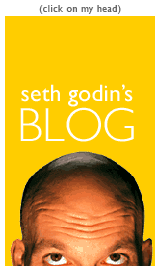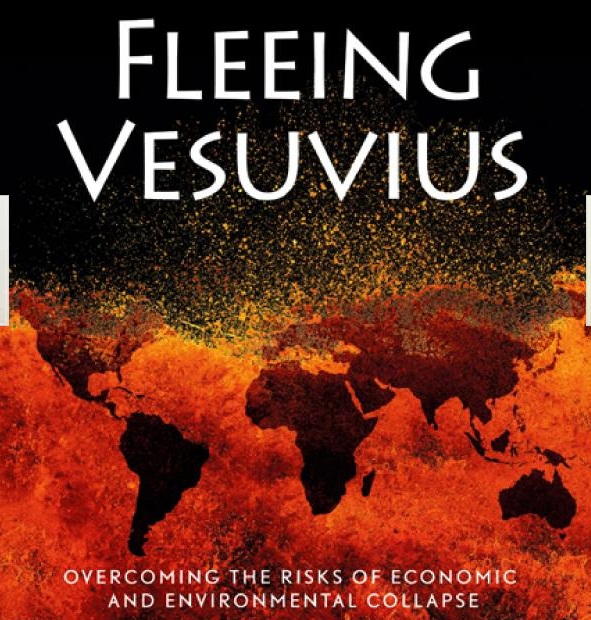
The future of the library
What is a public library for?
First, how we got here:
Before Gutenberg, a book cost about as much as a small house. As a result, only kings and bishops could afford to own a book of their own.
This naturally led to the creation of shared books, of libraries where scholars (everyone else was too busy not starving) could come to read books that they didn't have to own. The library as warehouse for books worth sharing.
Only after that did we invent the librarian.
The librarian isn't a clerk who happens to work at a library. A librarian is a data hound, a guide, a sherpa and a teacher. The librarian is the interface between reams of data and the untrained but motivated user.
After Gutenberg, books got a lot cheaper. More individuals built their own collections. At the same time, though, the number of titles exploded, and the demand for libraries did as well. We definitely needed a warehouse to store all this bounty, and more than ever we needed a librarian to help us find what we needed. The library is a house for the librarian.
Continue reading “Future of the Library versus Future of the Librarian”




 The essay below is an updated and edited version of a post I wrote here a few years ago,
The essay below is an updated and edited version of a post I wrote here a few years ago, 
